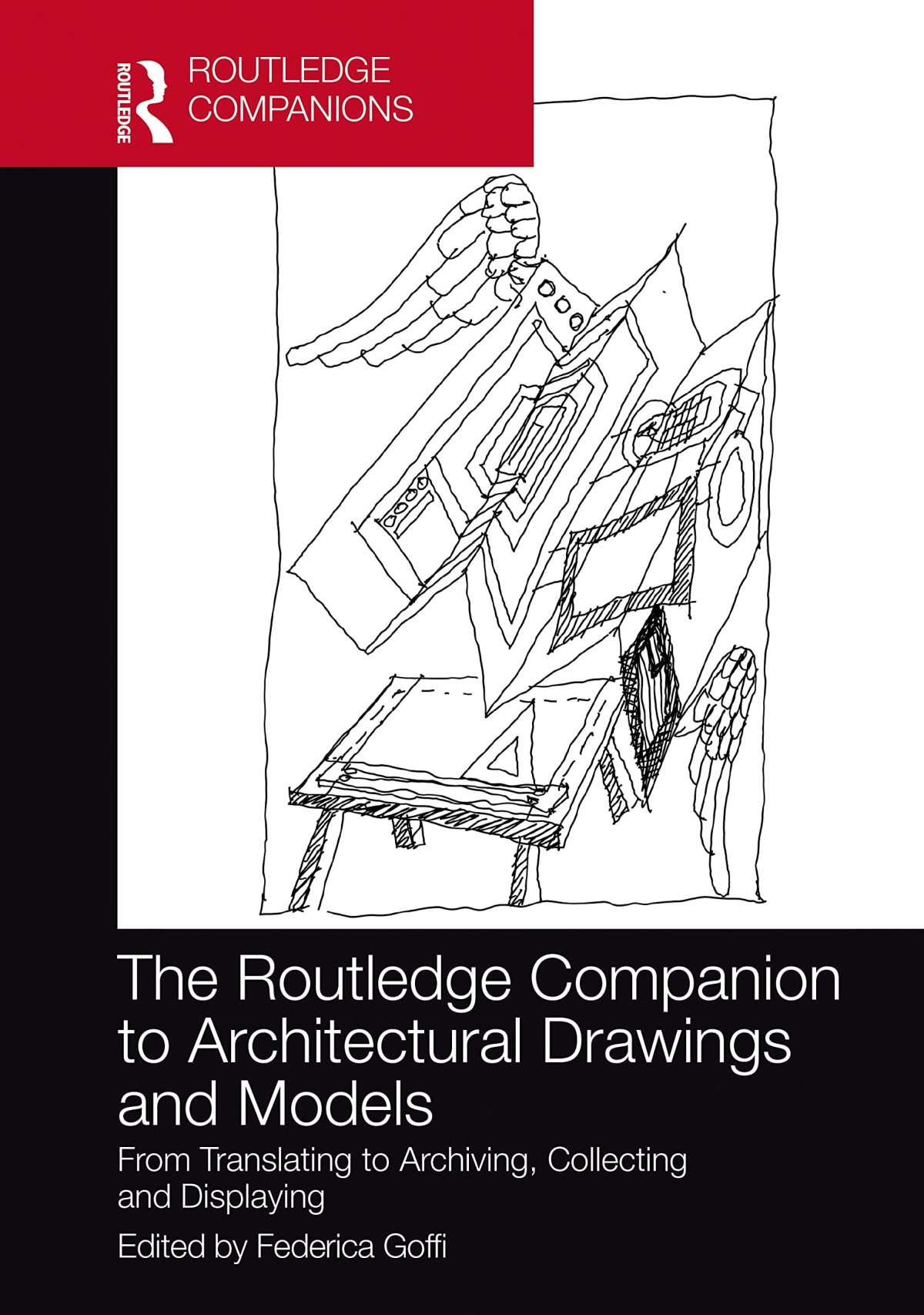

Most ebook files are in PDF format, so you can easily read them using various software such as Foxit Reader or directly on the Google Chrome browser.
Some ebook files are released by publishers in other formats such as .awz, .mobi, .epub, .fb2, etc. You may need to install specific software to read these formats on mobile/PC, such as Calibre.
Please read the tutorial at this link: https://ebookbell.com/faq
We offer FREE conversion to the popular formats you request; however, this may take some time. Therefore, right after payment, please email us, and we will try to provide the service as quickly as possible.
For some exceptional file formats or broken links (if any), please refrain from opening any disputes. Instead, email us first, and we will try to assist within a maximum of 6 hours.
EbookBell Team

4.4
12 reviewsArchitectural drawings and models are instruments of imagination, communication, and historical continuity. The role of drawings and models, and their ownership, placement, and authorship in a ubiquitous digital age deserve careful consideration. Expanding on the well-established discussion of the translation from drawings to buildings, this book fills a lacuna in current scholarship, questioning the significance of the lives of drawings and models after construction.
Including emerging, well-known, and world-renowned scholars in the fields of architectural history and theory and curatorial practices, the thirty-five contributions define recent research in four key areas:
The research covers a wide range of geographies and delves into the practices of such architects as Sir John Soane, Superstudio, Eugène-Emmanuel Viollet-le-Duc, Frank Lloyd Wright, Wajiro Kon, Germán Samper Gnecco, A+PS, Mies van der Rohe, and Renzo Piano.